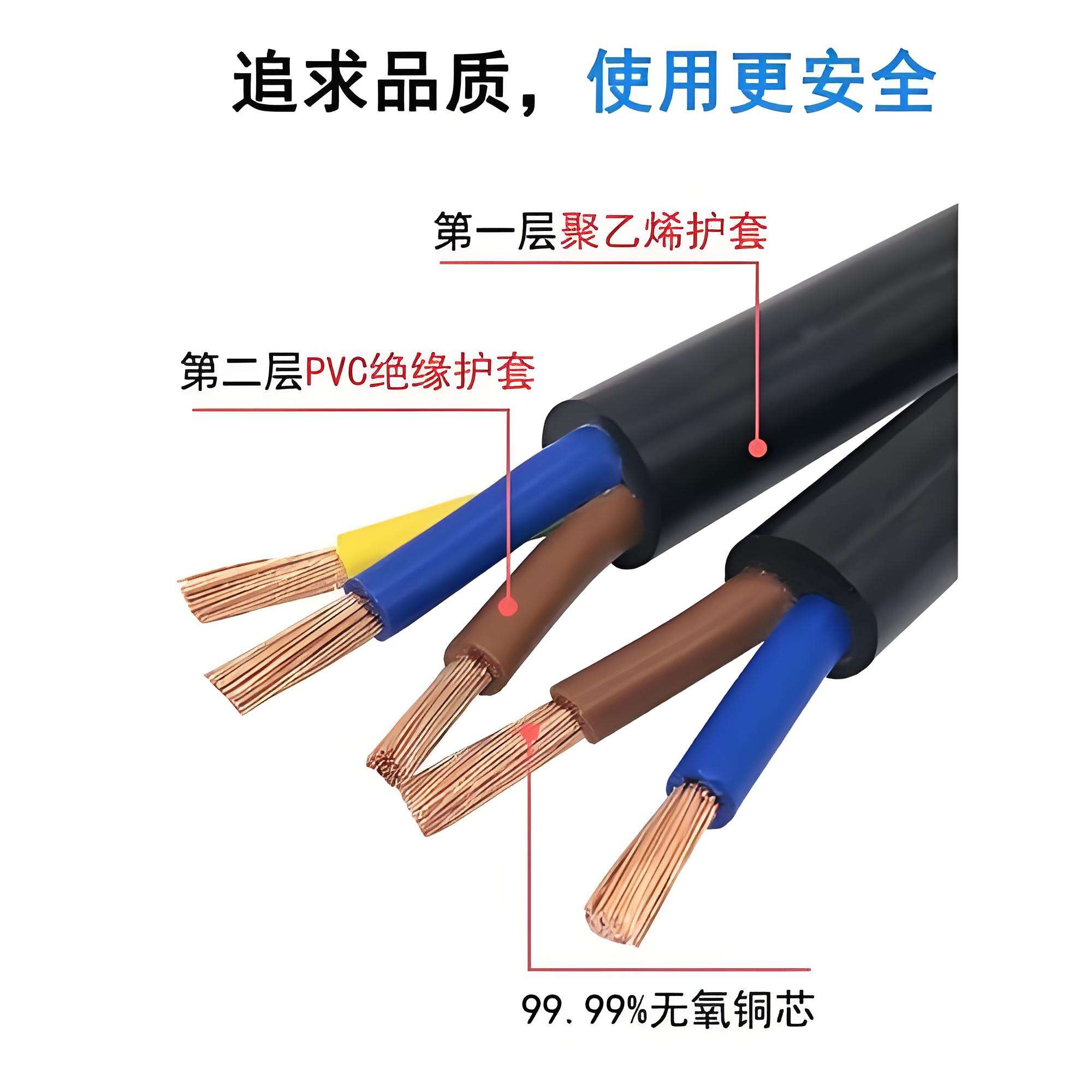Weidong Technology adheres to strict power cable specifications and standards to ensure their products meet safety, performance, and compatibility requirements across global markets. Power cable specifications typically include conductor material (copper or aluminum), cross-sectional area (measured in mm²), insulation type (PVC, XLPE, or rubber), voltage rating (from low-voltage 0.6/1kV to high-voltage 220kV+), and sheath material, all of which determine the cable’s application—whether for indoor wiring, industrial machinery, or power transmission. Key power cable standards that Weidong complies with include GB (Chinese National Standards) for domestic projects, IEC (International Electrotechnical Commission) standards for global compatibility, and specific industry standards like IEEE for high-voltage transmission cables and UL for safety in North American markets. These power cable specifications and standards dictate testing criteria, such as insulation resistance, flame retardancy, and temperature tolerance, ensuring cables can withstand operational stresses without failure. For example, low-voltage power cables must meet standards for insulation thickness and conductor resistance, while high-voltage cables adhere to specifications for partial discharge levels and dielectric strength. By following rigorous power cable specifications and standards, Weidong ensures their products are safe, reliable, and interoperable, giving clients confidence in their suitability for diverse projects, from residential renovations to large-scale infrastructure developments.


